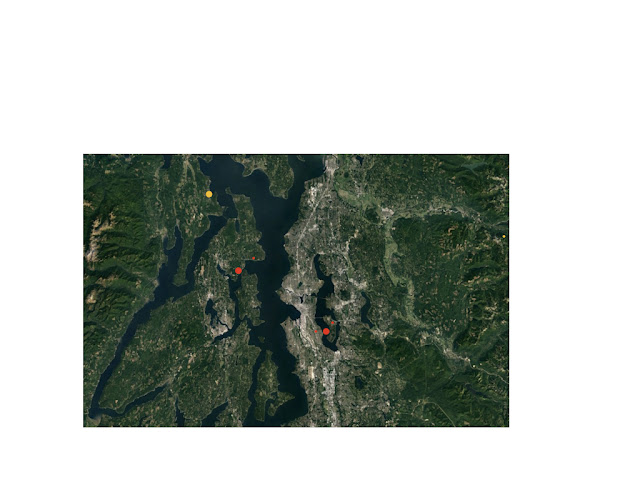At risk of offering a suggestion that has more than likely already been examined as obvious, the photos in your blog appear as if we might be dealing with a mycelium complex in the soil that has made the edaphic environment hydrophobic.
It appears as if nothing is regenerating, making it seem evident that the pathogen is not conspecific to Polystichum but simply establishing in Polystichum-friendly habitat.
Have any observations been made of fungal fruiting bodies on the outer edge of the infection sites or have soil samples been examined for the presence of mycelia? This has the gestalt of a ‘fairy ring’ in a lawn. Has anyone attempted to mechanically aereate the Hatchery Creek site to see if something will again begin to grow? The dead zone can seemingly only point to a hydrophobic condition, or to an unlikely pathogen that kills everything in its wake and disallows anything to reestablish.
